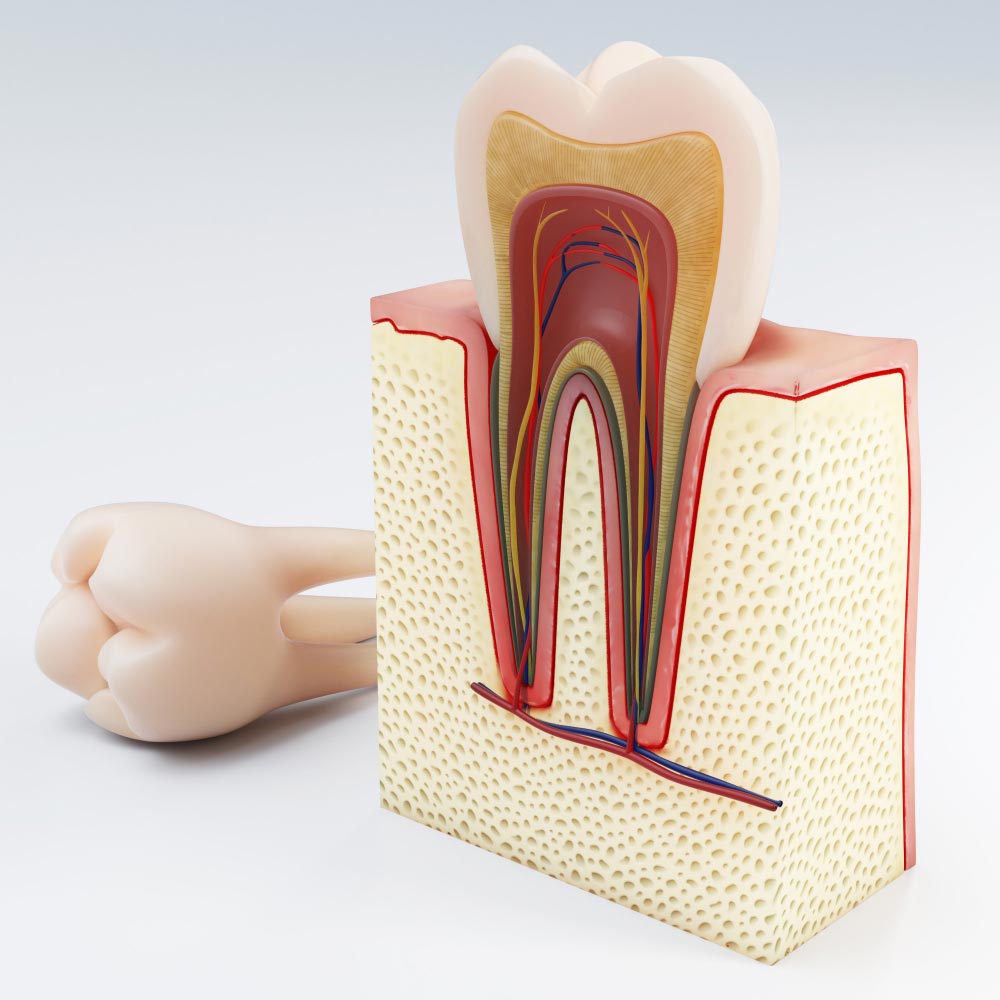Root Canal Treatment in Adelaide
At Morphett Vale Dental Care, located in the heart of Adelaide’s Southern Suburbs, we prioritize the health and well-being of your teeth. Root canal treatment, often referred to as “endodontic therapy,” is a specialised procedure we offer to alleviate the discomfort and pain caused by an infected tooth.
ore than just a solution, it’s a step towards preserving and saving your natural tooth.
Root canal treatments have a high success rate, and before we embark on this procedure, we ensure to assess the condition of your tooth thoroughly. Our commitment is to provide care only when we believe the tooth has a significant chance of being saved and enduring.
We’re here to serve you with expertise and ensure your smile remains bright and healthy.
Bellow is more information about Root Canal Treatments, should you want to learn more or ask any questions please just give us a call.

Is there an alternative to Root Canal Treatment?
No; the only alternative method of removing the infection is to extract the tooth. Loss of a tooth can lead to many other complex problems in the region, which should be avoided. For Example, if a back tooth is lost and not replaced, the following problems can occur…
- Drifting of adjacent teeth.
- Further decay, food trapping and gum disease.
- Over eruption of opposing tooth.
- Jaw joint degeneration.
- Jaw muscle problems.
Most people will prefer to save their tooth as generally will function better than an artificial tooth. Your own tooth is usually stronger and usually more efficient for biting and chewing, however, a well plan and good substitute tooth can be also be strong, functional, aesthetic pleasing and easy to clean, yet there is nothing like your own teeth.
Signs and symptoms for possible root canal therapy:
- An abscess (or pimple) on the gums.
- Sensitivity to hot and cold.
- Severe toothache pain.
- Throbbing aching pain that wakes you up at night
- Sometimes no symptoms are present.
- Swelling and/or tenderness.
Reasons for root canal therapy:
- Decay has reached the tooth pulp (the living tissue inside the tooth).
- Infection or abscess have developed inside the tooth or at the root tip.
- Injury or trauma to the tooth.
What Happens During Treatment
Root canal treatment can take three to four visits, depending on the state of the tooth and the severity of the infection. Sedative dressings and temporary fillings are placed inside your tooth between visits in order to settle the surrounding tissues and destroy any remaining bacteria.
Step 1: Relief of Pain Removal of the infected/damaged nerve from the inside of the tooth. This is done by creating a hole through the crown of the tooth down into the roots. It is in within the roots that the procedure takes place.
Step 2: The root canals are thoroughly cleaned, shaped and sterilized to a form that can be completely sealed and prepared to receive a special root canal filling.
Step 3: The final stage is to seal the canals with a special filling material to prevent further infection.
Will there be any pain?
Dental procedures have come very far and root canal treatment is a comfortable procedure, that does not involve pain. The tooth will be anaesthetised (numb) during treatment and if you are slightly anxious or nervous please talk to our dentist and they can administer happy gas to relax and help you be at ease.
Success of Treatment
Studies indicate that about 95% of cases heal successfully and uneventfully. However, because people have varied healing responses and some infections respond differently no guarantee can be given.
We inform patients in advance if their tooth is considered less favourable and only treat teeth if they are likely to last and have a great prognosis.
After Treatment
Once the root canal treatment has been completed and you are pain free, a final restoration of a root canal treated tooth will be needed, this is just as important as the root canal treatment itself to ensure long term success.
The tooth needs to be restored to its original shape, size and strength and this may involve the placement of a filling, inlay, onlay or post and crown. The sooner the final restoration is done the better long-term outcome your tooth will have.
What happens if I wait too long to have a Root Canal Treatment?
Just like most things in life time is very important as if you wait for too long to have a root canal treatment, the bacteria causing the infection on the tooth can spread and cause the bone and even more teeth to become infected. Resulting in possible inflammation, swelling and unbearable pain. If taken care correctly, a tooth that has been restored by root canal treatment should last a long time.
In order to prevent a root canal infection or a dental emergency, it is important to take special preventative care. It is recommended to brush and floss twice a day. Just as important to receive professional dental cleans at least once every six months by one of our highly experience members at Morphett Vale Dental Care.
If You Have a Strong Tooth Ache, You Might Need a Root Canal –
Please Don’t Wait any Longer Call Us to Schedule a Time.
Root Canal Treatment FAQ’s
Satisfied Patients
& growing every year






